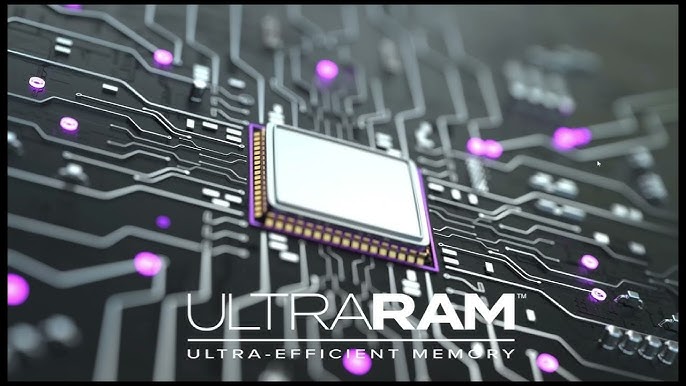Invented by Lancaster physics professor Manus Hayne, UltraRAM technology is non-volatile with the speed, energy-efficiency, and endurance of DRAM.
Most of the funding for the one-year project will be spent at IQE which will scale up the manufacture of compound semiconductor layers from Lancaster University to an industrial process at the Cardiff based firm.
This will involve IQE developing advanced capability for growth of the compound semiconductors gallium antimonide and aluminium antimonide for the first time.
Quinas
“We are delighted that Innovate UK is supporting this ambitious project, and that IQE has committed to developing the first part of UltraRAM mass production,” says Hayne who is co-founder and chief scientific officer of the company, “UltraRAM represents a tremendous economic opportunity for the UK, and the efficiencies it could bring to computing at all scales has the potential for huge energy savings and carbon emission reduction.”
The goal of the one-year project to industrialise the process involves scaling up UltraRAM wafer diameters from 3” at Lancaster to 6” at IQE. This will be achieved by using the mainstream production technique of metal-organic vapour phase epitaxy (MOVPE), also called metal-organic chemical vapour deposition (MOCVD), rather than molecular beam epitaxy (MBE), which is typically used at universities.
“Lancaster will do some initial MBE epitaxy as a control/template for the industrial growth. Our key role will be to characterise the antimonide material grown at IQE, and once sufficient quality is confirmed we will fabricate and test UltraRAM memory on small areas of the wafers from IQE,” says Hayne, “In parallel with this, Lancaster will continue to work on UltraRAM scaling, by reducing the size of individual devices and making larger and larger arrays. Once devices are small enough and arrays are large enough, the following stage will be to demonstrate fabrication on a complete 8” wafer, and then to translate the process to an industrial one, suitable for a semiconductor foundry.”
UltraRAM exploits quantum resonant tunnelling to achieve its extraordinary properties and is implemented in compound semiconductors that are used in photonic devices such as LEDs, laser diodes and infrared detectors, but not in digital electronics, which is the preserve of silicon.
See also: Winner – Lancaster University Readers’ Choice Award : University Research Project of the Year
 Electronics Weekly Electronics Design & Components Tech News
Electronics Weekly Electronics Design & Components Tech News



